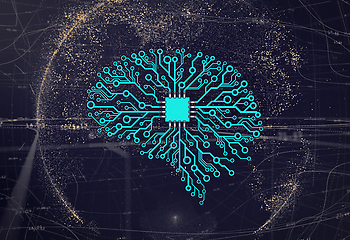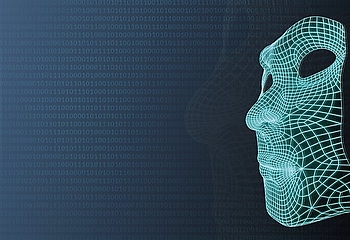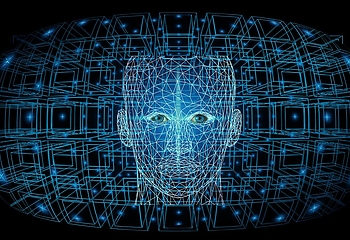- The first article 'What is Artificial Intelligence?' explains what AI is, how it originated, how it works and the different types of AI. At the bottom of the article you will find the video 'Introduction to Artificial Intelligence'. It explains in 20 minutes what AI is, how it originated and its various applications. It also explains the difference between Artificial Intelligence, Machine Learning and Data Science. Finally, Machine Learning is discussed in more detail.
- The article 'The implications of AI' explains what AI is, what it can do, how it is built and its history. The article also discusses the importance of AI and how it is changing our productivity and jobs.
- The article ‘Artificial Intellifence, taking inspiration from nature’ takes a closer look at how the development of AI is based on natural systems. The functioning of the brain, the mutation of genes and the cooperation between ants are examples of such natural processes that be found in the functioning of AI. The clear connection between nature and AI makes the digital world less abstract en therefore easier to understand.
- The Responsible AI Lab is a research lab of the Expertise Centre of Applied AI (HvA). Their article 'Responsible Artificial Intelligence in Practice' explains why AI is not neutral and how to be responsible with AI.
- In the livecast 'Applying Responsible AI in practice' the Centre of Expertise Applied AI (HvA) presents a dialogue on how we can design meaningful and usable AI applications. The lab focuses on the importance of inclusivity and diversity during the design proces of AI.
- The Civic AI Lab is a research lab working on the design, development and implementation of social and responsible AI. During the opening of the Civic AI Lab, Ruha Benjaming spoke, professor of African American studies at the Princeton University. In this video she explains how and why AI is not neutral and what its consequences are for certain groups.
What is AI?
This collection contains articles and videos that give an answer to the question 'What is AI and how can we use it responsibly?'.
The development of AI has brought us a lot of progress, but has at the same time dangerous consequences. In the future, AI will only become a bigger part of our daily lives, which is why it is important to know what AI is and how we can use it responsibly. With this in mind, this collection is a first step for civil servants and researchers who are getting started with AI or want to know more about it. Therefore, you will find articles and videos that are accessible and make AI as understandable as possible. After about an hour of reading articles and watching videos, you will have a basic understanding of AI that can help you understand and develop AI.
In this collection you will first find articles on the origin, the functioning and different forms of AI. Next, how the functioning of AI is inspired by nature, by making this relation visible the digital world of AI becomes less abstract. Then you will find articles from Amsterdam knowledge institutions that explain the consequences of AI and how we can deal with it responsibly. Finally, the 'Responsible Sensing Toolkit', a step-by-step plan for municipalities, organizations and communities that want to get started with responsible and ethical detection in public spaces.
An explanation of the different parts in this collection can be found at 'more information'.





